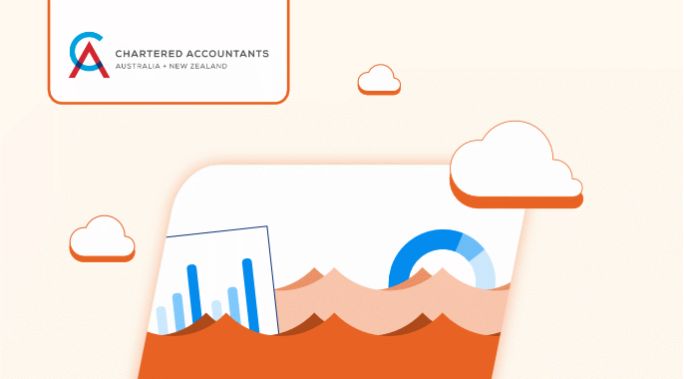Every once in a while, a word, a phrase, and more often than not, an idea, jolts us out of the reverie of our daily routines. Something that we make a mental note of, to look up “later”. But only when we hear it more often, or have to nod along when it is mentioned in a conversation, do we really bother to find out more about it than its name. Cloud computing has been and in many cases still is, one of those entities in the mists of new knowledge that people are attempting to grasp. Most of us know of it vaguely as “large storage” or “a lot of data online”.So what is cloud computing and how can it make your work(for some, your life) better?
Cloud computing allows you to access various IT services simply by connecting to the internet. This means that you do not have to own an IT resource to use it. Traditionally, IT resources are bought and need to be maintained. In case of cloud computing, these resources exist and are maintained by companies called cloud “service providers”. The service providers allow users to use them for a cost. Users need to pay only for as much as is used, saving on the cost of actually buying the resource and maybe, underusing it. Basically, the arrangement allows the management to get work done in a better way, and keep that much lamented pain in the wrong place, called cost, under check.
The idea of cloud computing is driven by what is called “Resource Sharing”. This is a method by which resources are pooled and the load is shared equitably among numerous users. Resource sharing supports quick scaling up and scaling down of resources allowing the company to adapt quickly to demand and new business requirements, all the while using superior resources and still paying the minimum cost for it. Better resources mean better computing power, efficient work and faster growth. Another concept of cloud computing is “Virtualization” Virtualization is the creation of a virtual version of a resource online. The customer perceives the resource and can use it as if it were a single entity, whereas actually the work allocated to this resource is shared by machines located at different parts of the world. Being a part of larger resource, it also effectively means unlimited storage capacity. Large amounts of data can be stored and the storage capacity can be scaled up or scaled down within minutes. Data Backups are also possible, closeting data in a secure location. Since cloud computing is internet driven, data can be accessed from anywhere around the world from various devices. Multiple layers of security ensure that data doesn’t fall into the wrong hands. All these features are provided by the cloud service providers. They provide service in the form of packages that have combinations of features, as required in the industry. The packages can be customized and then implemented, to suit the requirement of the user.
Watch the video to get a clearer view of cloud computing .
Cloud computing services can be divided into SaaS (Software as a Service), PaaS (Platform as a Service) and IaaS (Infrastructure as a Service).
SaaS means that any software can be accessed on the cloud by connecting to the internet. Say you are extending your product line and want software to manage and maintain information about all your products. You can access a product management software and use it online, paying according to your usage pattern.You won’t need to install any software on your machine to do so. Other examples as well, where software is needed, but is either too expensive or has to be used only for a specific purpose where buying is a waste This makes make SaaS the best option.
PaaS provides you with a software platform and environment to develop and run applications online. There are various features that can be subscribed to. There are also some p reconfigured features that can be changed before implementing, or buying this service. For example, you are a software company and you want to provide your clientele with specialized web based applications. Paas gives you a platform on which to deploy such a service, giving you a web based platform on cloud to build and deploy your software.
IaaS offers Infrastructure, i.e., visualized hardware. Using IaaS you can gain access to server space, network connections, bandwidth and the likes. Your business is growing and servers are overloaded, reducing transaction speed. Moving to the cloud becomes a feasible option where you can use faster servers and only use the space you require. This is actually enabled by using these resources from various data centers located across the world, that are maintained and controlled by your cloud service provider. But you receive them as a single entity according the way visualization works.
SaaS, PaaS and IaaS whether used individually or in combinations work towards increasing the efficiency of your business processes using better resources while helping to reduce the cost. Cloud computing is the call of the hour for businesses of all sizes and functions. It is still in the earlier stages but is expected to be taken up in a big way and adopted across the globe as the future of IT, in the very near future
Acknowledgements: images from datatrend.com and em-powered.com; cloud comic from cloudtweaks; video-fahaimedia.


















